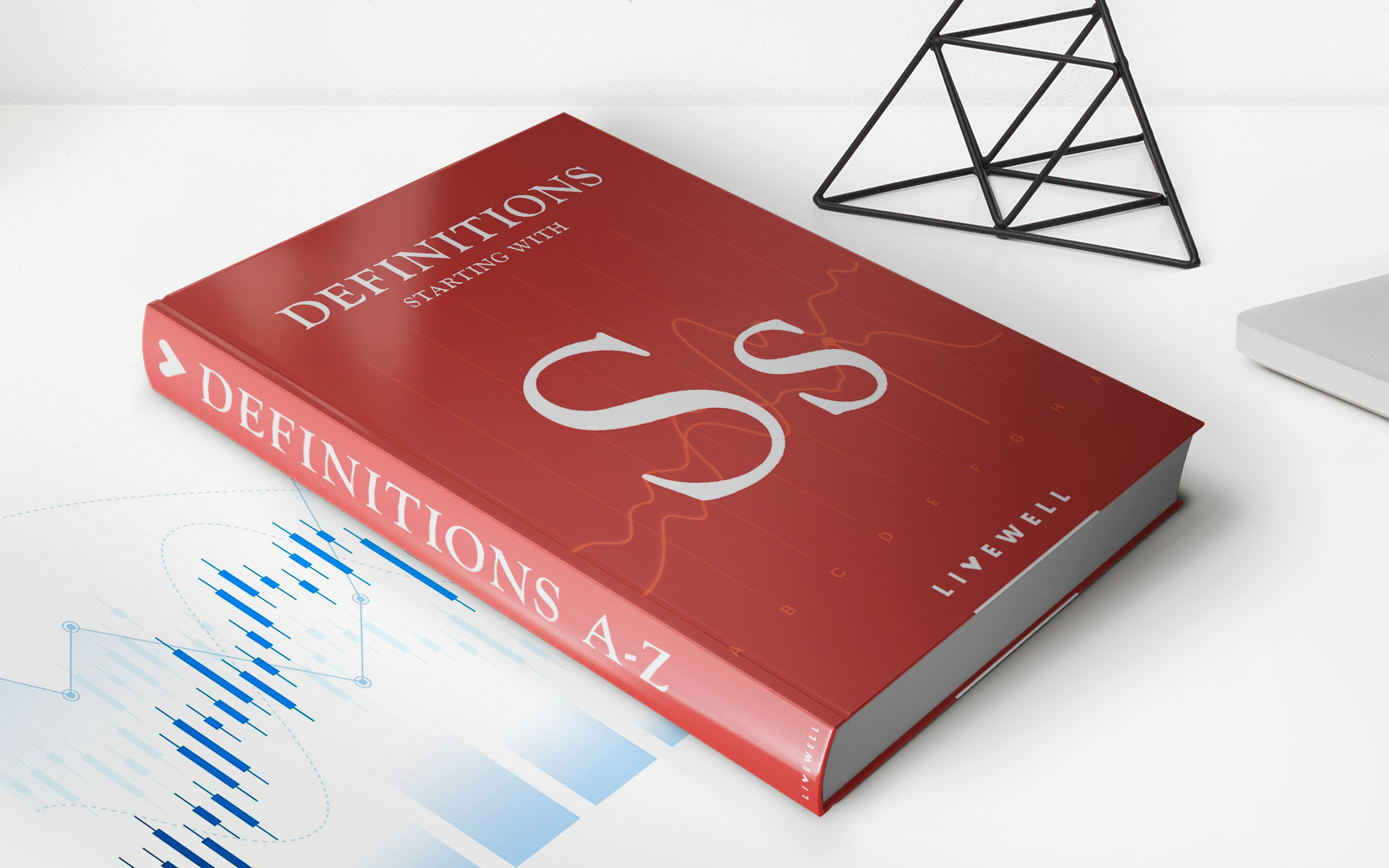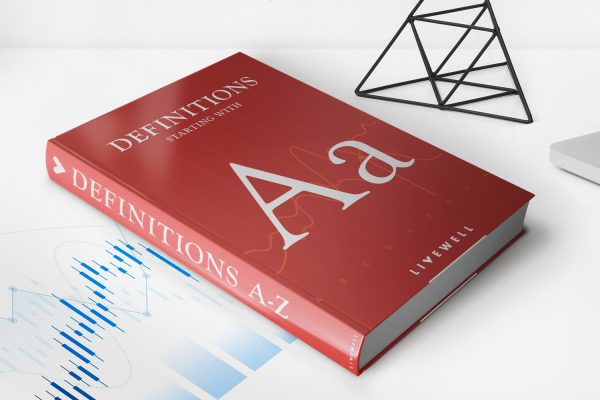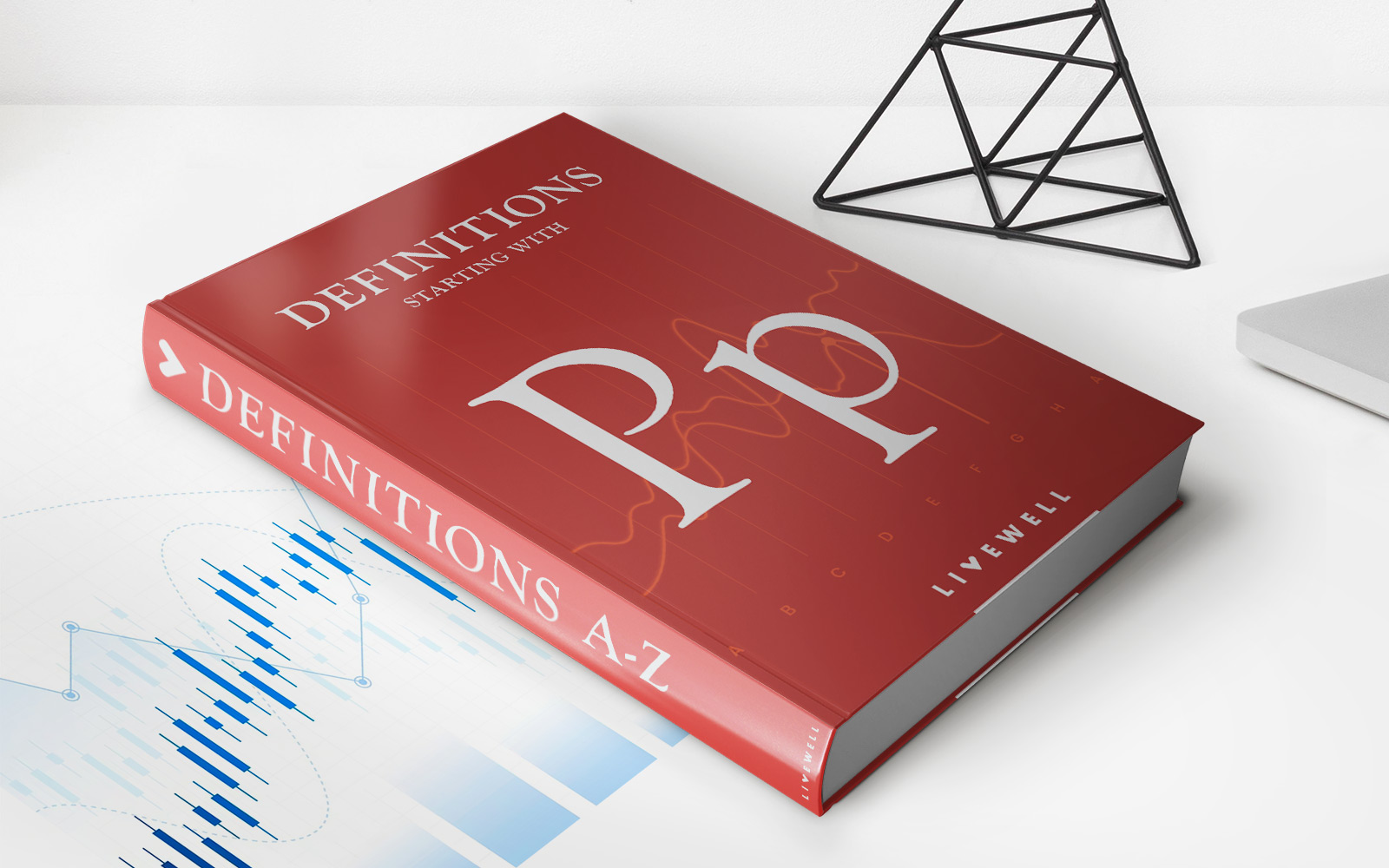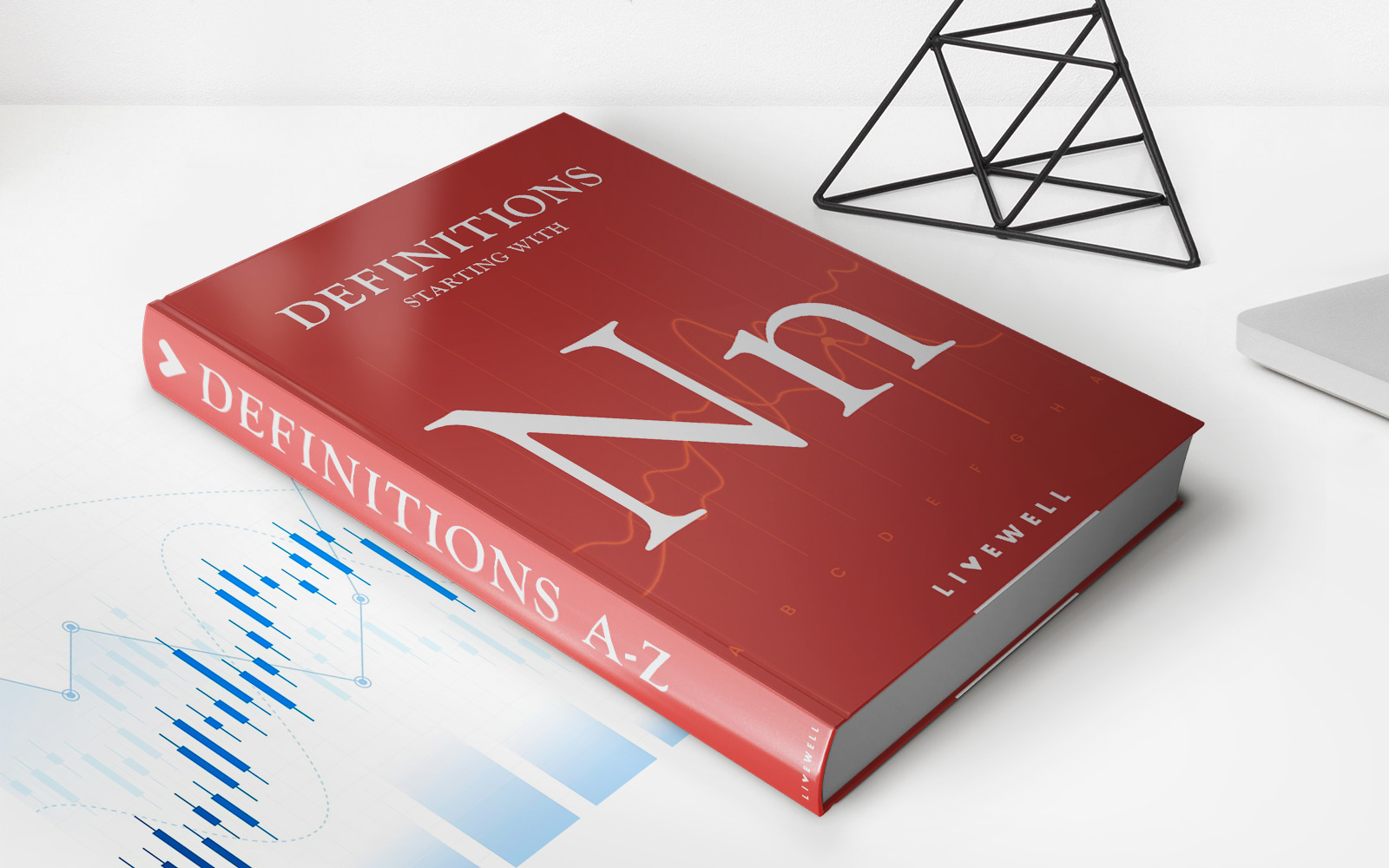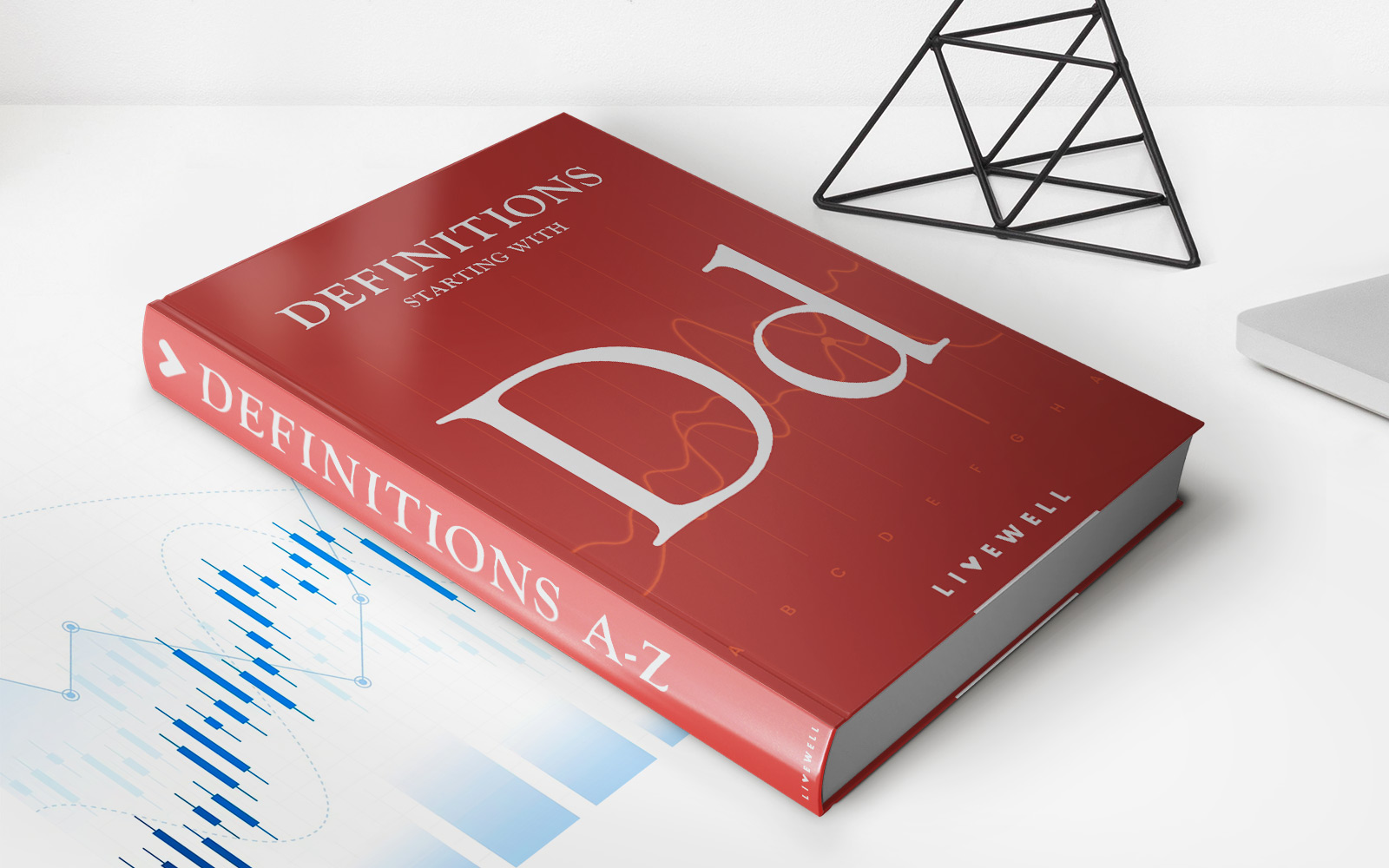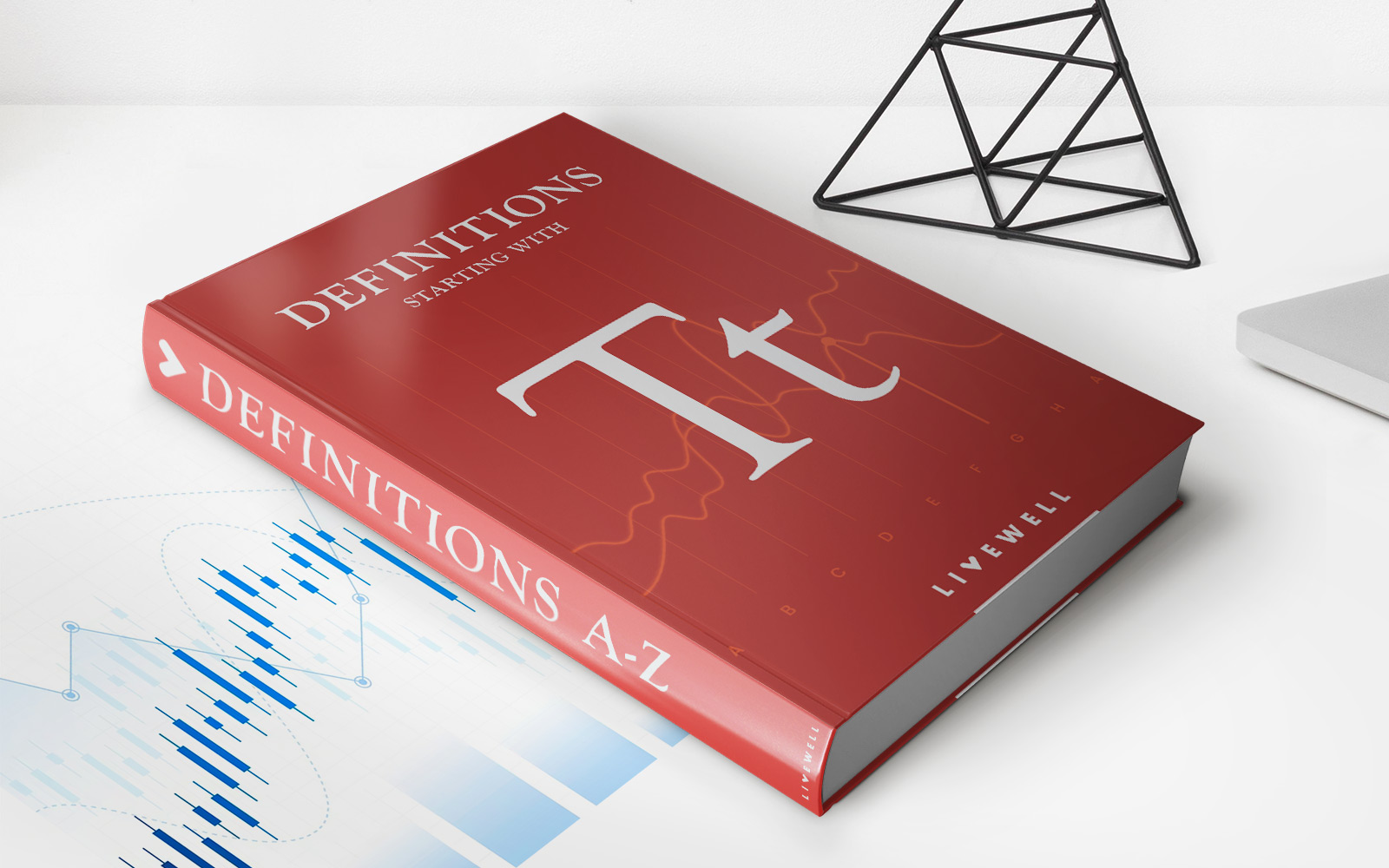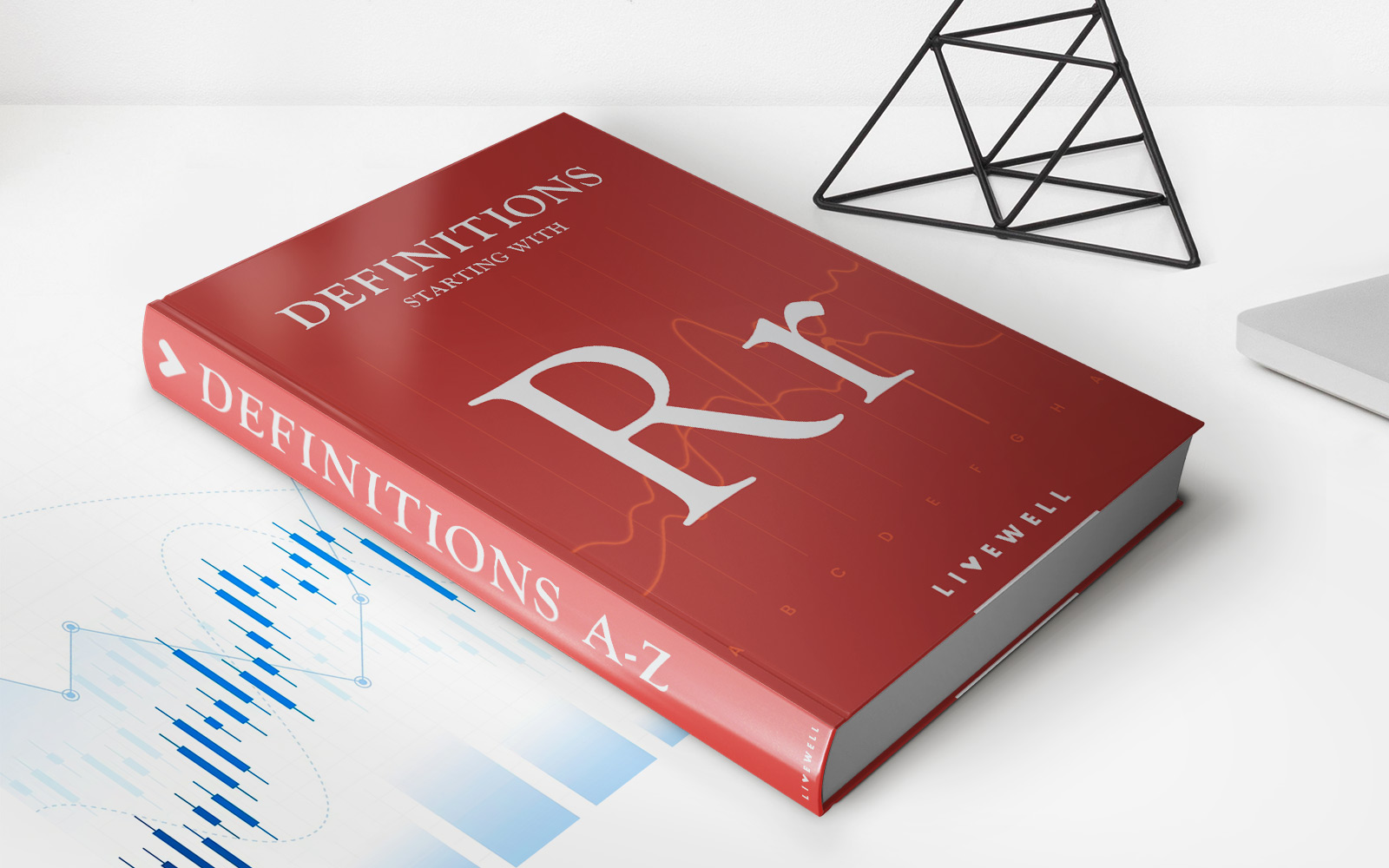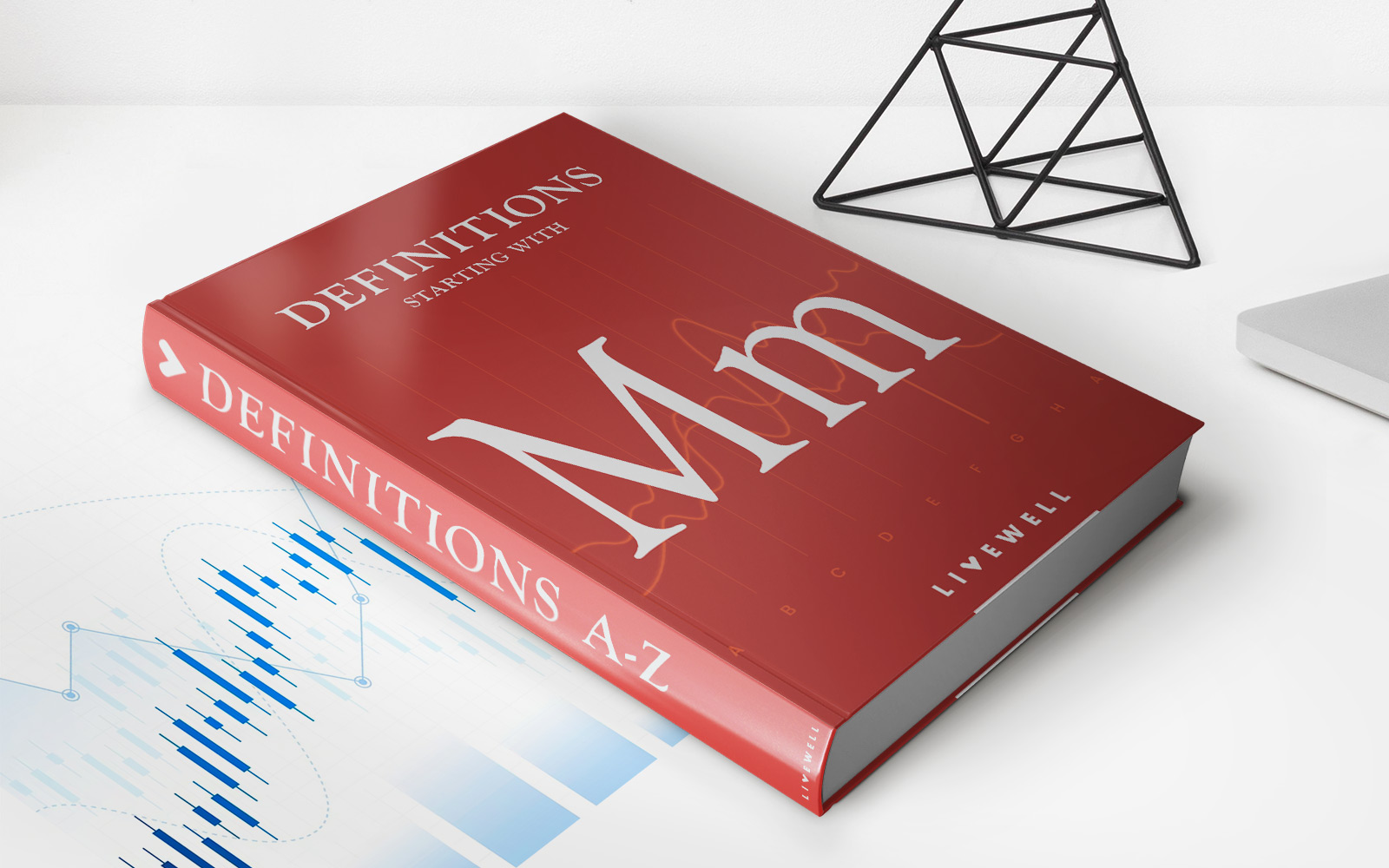Home>Finance>Qualified Distribution: Definition, How Plans Work, And Taxation
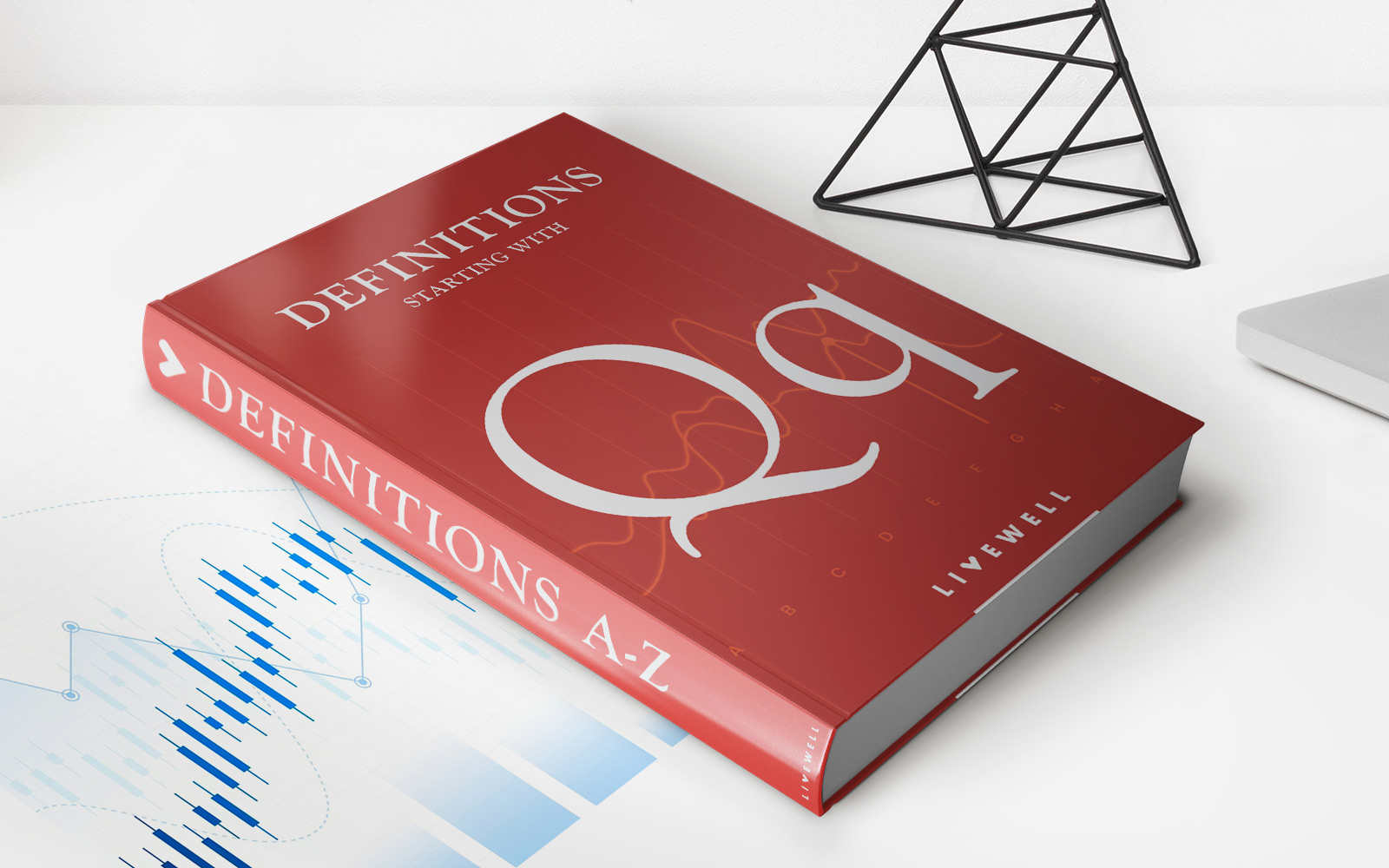

Finance
Qualified Distribution: Definition, How Plans Work, And Taxation
Published: January 14, 2024
Discover the ins and outs of qualified distribution in finance, including its definition, how plans work, and the taxation involved.
(Many of the links in this article redirect to a specific reviewed product. Your purchase of these products through affiliate links helps to generate commission for LiveWell, at no extra cost. Learn more)
Qualified Distribution: Definition, How Plans Work, and Taxation
When it comes to personal finance, there are many tools and strategies available to help you achieve your financial goals. One such tool is a Qualified Distribution, which can be a powerful way to grow your savings while taking advantage of tax benefits. In this blog post, we will explore the definition of a Qualified Distribution, how these plans work, and the taxation implications you should be aware of. So, let’s dive in and demystify the world of Qualified Distributions!
Key Takeaways:
- A Qualified Distribution is a withdrawal from a qualified retirement plan, such as a 401(k) or an Individual Retirement Account (IRA), that meets certain requirements set by the Internal Revenue Service (IRS).
- By contributing to a Qualified Distribution plan, you can enjoy tax advantages such as tax-deferred growth or potential tax-free withdrawals during retirement.
What is a Qualified Distribution?
A Qualified Distribution refers to a withdrawal made from a qualified retirement plan that meets specific requirements outlined by the IRS. These plans, such as 401(k)s and IRAs, are established to help individuals save for retirement and offer various tax advantages. When you contribute to a Qualified Distribution plan, you are taking a proactive step towards securing your financial future.
Qualified Distribution plans typically come with certain rules and restrictions. Below, we’ll outline how these plans work:
How do Qualified Distribution plans work?
- Contributions: When you participate in a Qualified Distribution plan, you contribute a portion of your income into your retirement account. These contributions are tax-deductible, meaning that they can lower your taxable income for the year.
- Investment Growth: The funds in your Qualified Distribution account are invested in various financial instruments, such as stocks, bonds, or mutual funds. Over time, these investments have the potential to grow, allowing your retirement savings to increase.
- Withdrawals: Once you reach the age of retirement, or in some cases, face certain qualifying events, you can begin withdrawing funds from your Qualified Distribution account. These withdrawals are subject to taxation, which we will discuss in the next section.
By utilizing a Qualified Distribution plan, you can take advantage of tax-deferred growth, meaning you only pay taxes on your contributions and investment gains when you make withdrawals. With compound interest accumulating over time, this can result in significant savings and a more financially secure retirement.
Taxation of Qualified Distributions
When it comes to taxation, it’s important to understand how Qualified Distributions are treated. Here are some key points to keep in mind:
- Tax-deferred Growth: Contributions and investment growth within a Qualified Distribution plan are not subject to immediate taxation. Instead, you will owe taxes on these funds when you withdraw them during retirement.
- Traditional IRA and 401(k): Withdrawals from these plans are generally taxed as ordinary income. The tax rate you will pay depends on your tax bracket at the time of withdrawal.
- Roth IRA: Contributions to a Roth IRA are already made with after-tax dollars, meaning that withdrawals during retirement are typically tax-free. However, there are income limitations and certain conditions that must be met for tax-free withdrawals.
It’s essential to consult a tax professional or financial advisor to understand the specific tax implications of your Qualified Distribution plan.
In Conclusion
Qualified Distributions are an excellent tool for saving for retirement while benefiting from potential tax advantages. By understanding the definition of a Qualified Distribution, how these plans work, and the taxation implications, you can make informed decisions to secure your financial future. Remember to consult with professionals who can provide personalized advice based on your individual situation. Start today and take the first step towards a more financially stable retirement!

